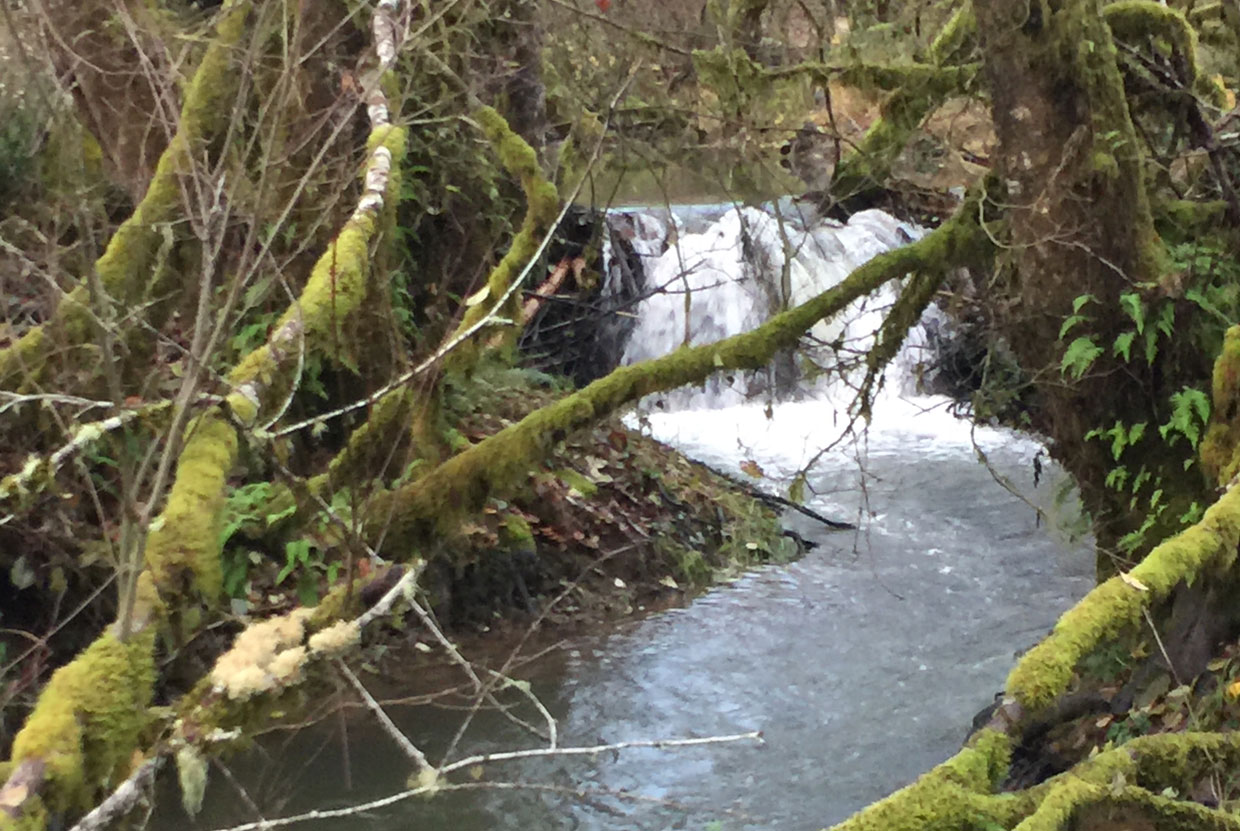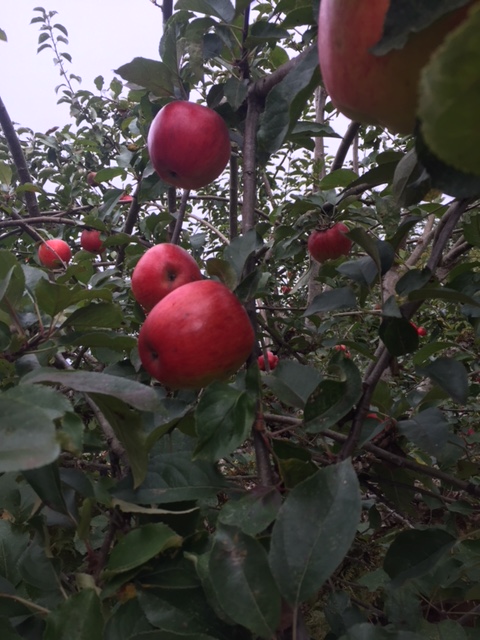Honeycrisp Apple Farming on Independence Creek Farms in SW Washington State
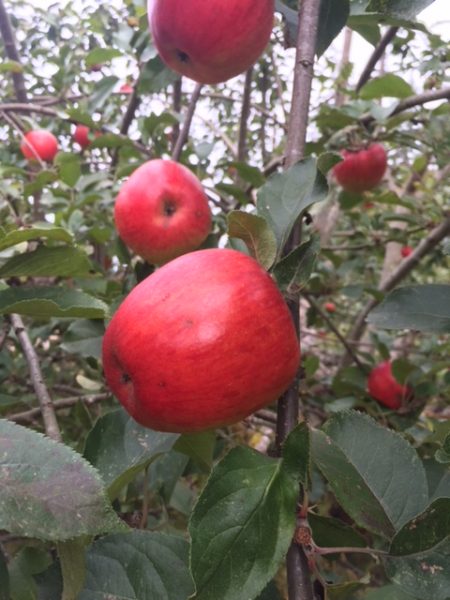
In a state renowned for its apples and cherries and in an area on Independence Creek where apple and cherry trees grow wild, we have given the ultimate organic heirloom Honeycrisp Apple tree for a mother plant and propagation.
We are farming very special apples in SW Washington State on our farm. We were fortunate to have a very exceptional Honeycrisp Apple tree that seems to be about 30 to 40 years old. The exceptional part about this Honeycrisp Apple tree is the size and taste of the honey crisp apples it produces with no watering other than the natural rainfall. The apples are nothing short of absolutely huge and the juice drips out with every tasty bite despite not being irrigated. We have seen many local Honeycrisp Apples for sale in our area but we have seen none that are nearly as large as our apples.
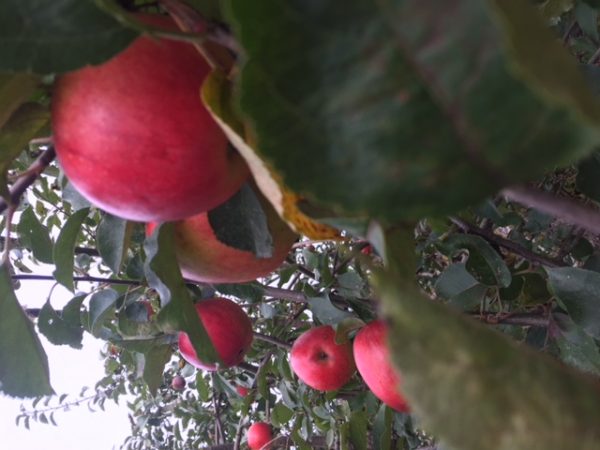
Juicing Honeycrisp Apples: We juiced a portion of our 2017 crop of Honeycrisp apples at the community juice day and discovered the best tasting apple juice we had ever tasted. The juice yield was amazing with 3.3 gallons coming from about 45 pounds of apples. This is far more juice than average apples will produce which is typically about a gallon per 20 lbs of apples.
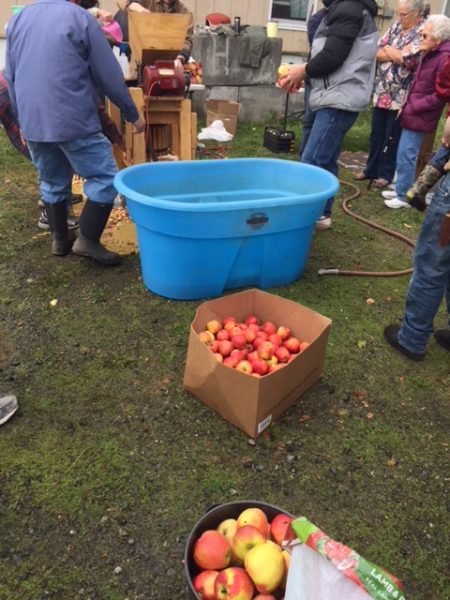
You can see the size difference in the picture above between the normal sized local apples in the box and our super jumbo Honeycrisp apples from Independence Creek Farms genetic stock.
About Honeycrisp Apples: Wikipedia describes the Honeycrisp Apple as:
Honeycrisp (Malus pumila ‘Honeycrisp’) is an apple cultivar (cultivated variety) developed at the Minnesota Agricultural Experiment Station’s Horticultural Research Center at the University of Minnesota, Twin Cities. Designated in 1974 with the MN 1711 test designation, patented in 1988, and released in 1991, the Honeycrisp, once slated to be discarded, has rapidly become a prized commercial commodity, as its sweetness, firmness, and tartness make it an ideal apple for eating raw.[2] It has much larger cells than most apples, which rupture when bitten to fill the mouth with juice.[3] The Honeycrisp also retains its pigment well and boasts a relatively long shelf life when stored in cool, dry conditions.[4] The name Honeycrisp was trademarked by the University of Minnesota, but university officials were unsure of its protection status in 2007.[5]
Credits wikipedia. You can see the full article on wikipedia at this link: https://en.wikipedia.org/wiki/Honeycrisp
The patent for the Honeycrisp apple expired in 2008 making is a fantastic apple tree to propagate royalty free in the US.
